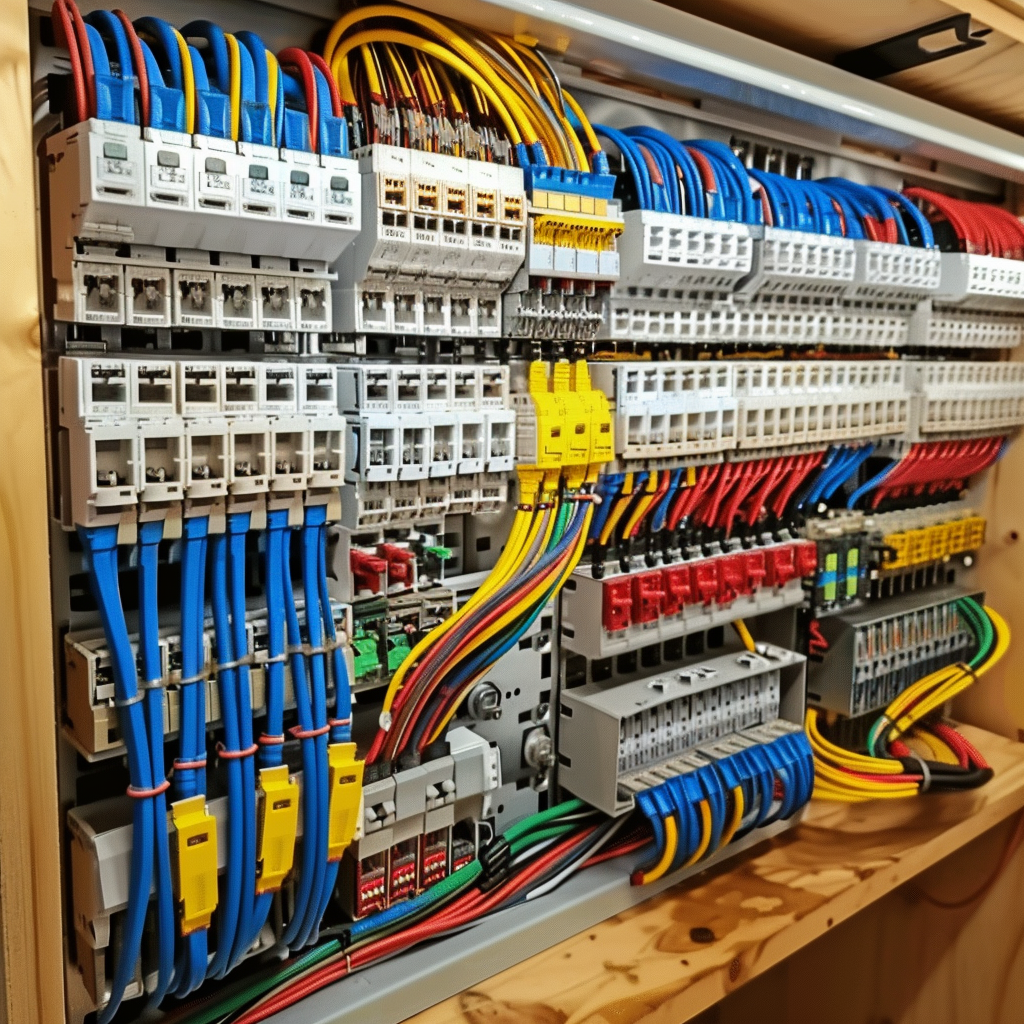Exploring the World of Electrical Installation: Common Mistakes to Avoid for a Smooth DIY Task
From making sure safety measures are met to conforming with electrical codes, the trip right into the world of electric job demands attention to detail and accuracy. By being mindful of these mistakes and just how to avoid them, you can navigate the elaborate landscape of electrical installation with confidence and make certain a smooth job implementation.
Inadequate Security Measures
In electric installment projects, overlooking appropriate safety and security precautions can lead to dangerous scenarios that endanger both individuals and building. Incorrectly grounded electrical systems can lead to electrical rises and tools damages. By sticking to safety procedures, including appropriate training, using safety equipment, and following regulations, individuals can reduce dangers and advertise a secure electrical installment environment.
Incorrect Wire Sizing

Inaccurate cord sizing can additionally influence the overall effectiveness of the electrical system. Undersized cables can trigger voltage decreases, resulting in poor performance of electrical tools and devices. Extra-large cords, while not as harmful as undersized ones, can still cause unneeded expenditures and ineffective use resources.
To avoid these issues, it is necessary to follow proper cord sizing standards based upon the electrical load requirements of the installation. Consulting with a professional electrical expert or referencing the National Electric Code (NEC) can assist guarantee that the wires are sized properly for a safe and efficient electrical installation.
Overlooking Grounding Needs
One important aspect commonly ignored in electric setups is making certain compliance with correct grounding requirements. Grounding is an essential safety and security function that safeguards versus electrical shocks and avoids tools damage.
Basing works as a path for electrical currents to stream securely into the earth, stopping the buildup of excess voltage that can damage people or equipment. It likewise aids to stabilize voltage levels and boost the overall effectiveness of the electrical system. Correct grounding entails connecting electrical gadgets and metal enclosures to the ground cord, basing rod, or visit site grounding plate. It is critical to make use of the appropriate gauge of cable for basing objectives and to ensure all connections are protected and cost-free of corrosion.

Ignoring Regional Building Regulations
Disregarding adherence to neighborhood building ordinance can position significant dangers in electrical installments, possibly jeopardizing safety and security steps and system reliability. Regional building regulations are developed to guarantee that electrical work meets certain safety and security requirements and regulations established by the authorities. Disregarding these codes can lead to severe consequences, such as electric fires, electrical shocks, or damage to the home.
Local building regulations generally cover numerous aspects of electric installments, including circuitry methods, electrical outlet placements, circuit security, and grounding needs. Failure to abide with these codes may lead to penalties, failed evaluations, or the need to redesign the whole electrical job, causing unneeded prices and delays.
To prevent the risks of disregarding neighborhood building ordinance, it is vital for do it yourself fanatics and even specialists to familiarize themselves with the appropriate guidelines before starting any electric job. Consulting with regional authorities or employing a licensed electrical contractor for support can aid make sure that the electric installment meets all the required code demands, advertising a risk-free and reliable electrical system in the future.

Poor Preparation and Company
Have you thought about just how meticulous preparation and organization are important aspects in guaranteeing the success and safety of an electric setup project? One typical mistake is taking too lightly the scope of work involved in an electric installation, which can result in insufficient materials or insufficient prep work.
Furthermore, lack of organization can lead to confusion regarding the design of electric parts, possibly creating faulty connections or circuits. Failing to identify cables properly or keep an eye on circuit layouts can lead to troubleshooting headaches down the line. Additionally, bad planning in terms of budgeting and procurement can bring about unneeded expenses or hold-ups in finishing the project.
To avoid these challenges, take the time to develop an extensive plan, gather all needed products and tools ahead of time, and guarantee that you have a clear understanding of the task range see here before beginning - BRE Electrical. Proper organization and preparation are essential to an effective electrical installation job
Conclusion
To conclude, it is crucial to prioritize safety, proper preparation, and adherence to local codes when undertaking electrical setup tasks. Avoiding common mistakes such as inadequate security use this link preventative measures, wrong wire sizing, forgeting grounding needs, and poor planning can ensure a smooth DIY task. By following these standards, people can successfully browse the globe of electrical setup with confidence and effectiveness.